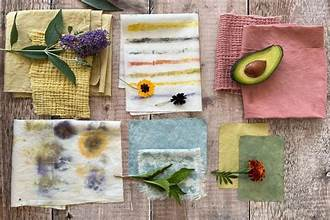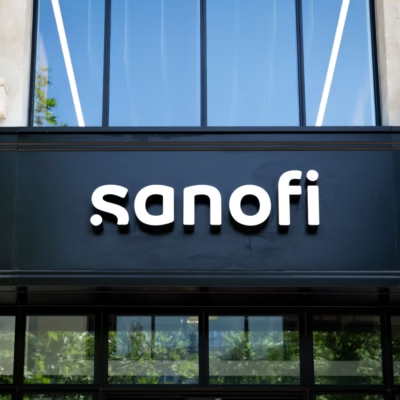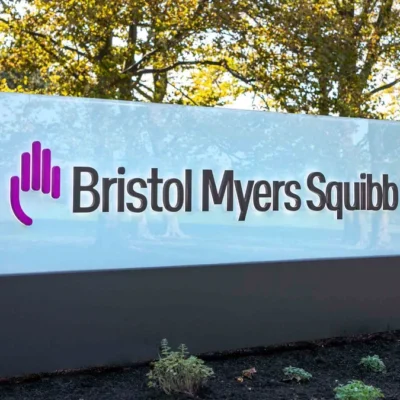In a significant move toward cleaner food labels and healthier ingredients, the U.S. Food and Drug Administration (FDA) has approved three new natural dyes for use in food and beverages. This decision is being welcomed by health experts, food manufacturers, and consumers alike as the demand for natural ingredients continues to rise.
These newly approved natural dyes offer an alternative to synthetic food coloring, which has long been a concern due to potential health risks and allergic reactions in sensitive individuals. The FDA’s decision is expected to impact a wide range of industries, including beverages, snacks, bakery items, dairy products, and even pet food.
Why Natural Dyes Matter
Consumers are becoming increasingly aware of what goes into their food. According to a 2024 NielsenIQ survey, 64% of Americans say they check food labels for artificial ingredients, and over 70% prefer products with natural components.

Artificial food colorings like Red 40, Yellow 5, and Blue 1 have been used for decades but have also been linked with behavioral issues in children, allergic reactions, and other health concerns. While the FDA maintains that synthetic dyes are generally safe within approved limits, the consumer shift toward natural options has pushed food manufacturers to explore cleaner alternatives.
The newly approved dyes, derived from plant and microbial sources, are seen as a big win for the “clean label” movement.
What Are the 3 Newly Approved Natural Dyes?
Here are the natural colorants that just received the green light from the FDA:
1. Spirulina Extract (Updated Use Approval)
Spirulina, a blue-green algae, has been used in supplements for years. The FDA had previously approved spirulina extract for limited use in candy and gum. Now, the approval has been extended to broader food and beverage categories including dairy products, ice cream, and plant-based drinks.
Color Produced: Bright blue
Source: Cyanobacteria (algae)
Main Use: Beverages, dairy, confectionery
2. Purple Carrot Juice Concentrate
This natural colorant is extracted from purple carrots, which are rich in anthocyanins—plant-based antioxidants that produce vibrant colors.
Color Produced: Red to violet shades
Source: Purple carrots
Main Use: Beverages, yogurt, baked goods
3. Fermented Monascus Red
Derived from Monascus purpureus, a type of red mold used traditionally in Asian fermented foods, Monascus Red is now approved for controlled use in food products. It has been evaluated for purity and safety and cleared by the FDA for non-meat applications due to nitrosamine formation concerns in processed meats.
Color Produced: Deep red
Source: Fungal fermentation
Main Use: Snacks, sauces, and confectionery
What This Means for the Food Industry
Food and beverage companies have been eagerly awaiting this decision. With FDA approval, these companies can now reformulate their products to replace artificial dyes with natural ones, helping them align with consumer demand and expand into health-focused markets.
According to Food Business News, the natural food coloring market is expected to reach $3.8 billion by 2026, growing at a compound annual growth rate (CAGR) of 7.2%. FDA approval for more natural options accelerates this trend and boosts innovation in product design and marketing.
Health Benefits and Consumer Safety
Natural dyes are generally considered safer because they are less likely to cause allergic reactions or toxicity when compared to synthetic counterparts. Additionally, some natural colorants come with added nutritional benefits. For example, purple carrot concentrate contains antioxidants, and spirulina is high in protein and vitamins.
However, the FDA’s approval doesn’t mean these dyes are risk-free. Consumers with specific allergies or conditions should always check ingredient lists. The FDA’s role is to ensure these dyes meet safety, purity, and efficacy standards before hitting the shelves.
Challenges with Natural Dyes
Despite the positive response, using natural dyes does pose some challenges for manufacturers:
- Stability: Natural dyes are often less stable under heat, light, or pH changes.
- Color Consistency: Plant-based colorants can vary from batch to batch.
- Cost: Natural dyes are typically more expensive than synthetic ones.
These issues mean that not every manufacturer will switch overnight, but the approval provides a legal and scientific foundation for gradual adoption.
What Consumers Should Expect
Shoppers may soon notice more products labeled with phrases like “naturally colored” or “contains plant-based dyes.” The shift will likely begin in premium and health-oriented brands before expanding to mainstream markets.
Consumers should also expect minor changes in the appearance of some familiar products—less neon blue candies, slightly muted drink shades, and more transparency in labeling.
Final Thoughts
The FDA’s approval of three new natural dyes is a strong indicator of the future direction of the food and beverage industry. With increasing awareness about health, sustainability, and ingredient transparency, both companies and regulators are stepping up to meet consumer expectations.
These new approvals not only promote safer consumption but also encourage innovation in clean label products that can compete with artificially colored counterparts.
As always, it’s wise for consumers to stay informed and read product labels, especially if they have dietary restrictions or allergies.
For Further Reading:
- FDA’s Official Food Additive Database
- Clean Label Trends Report by NielsenIQ
- Natural Colorants Market Forecast – Food Business News
Also Read – Over 1,000 Measles Cases Confirmed in USA and Canada






